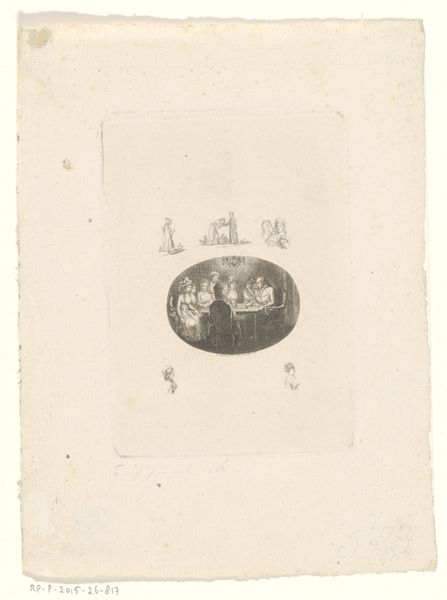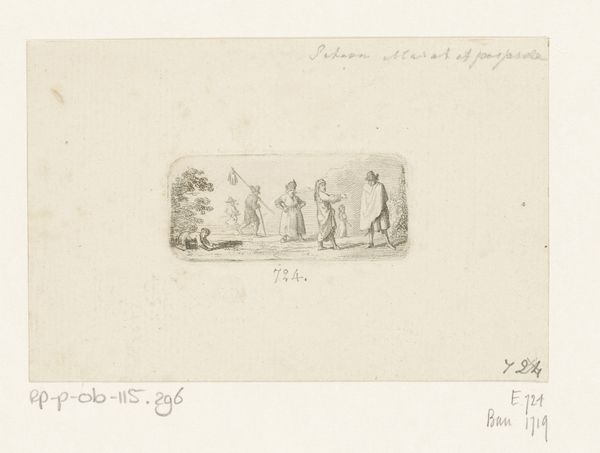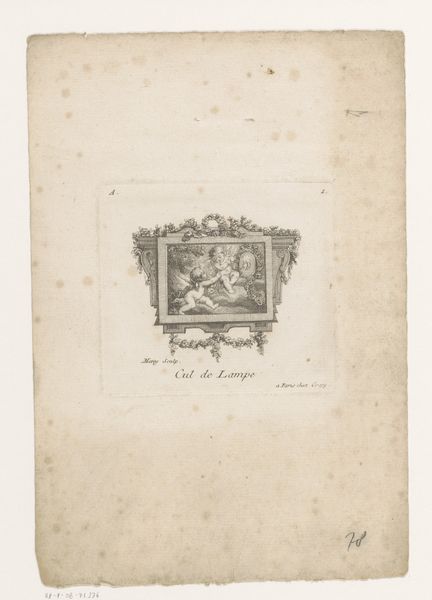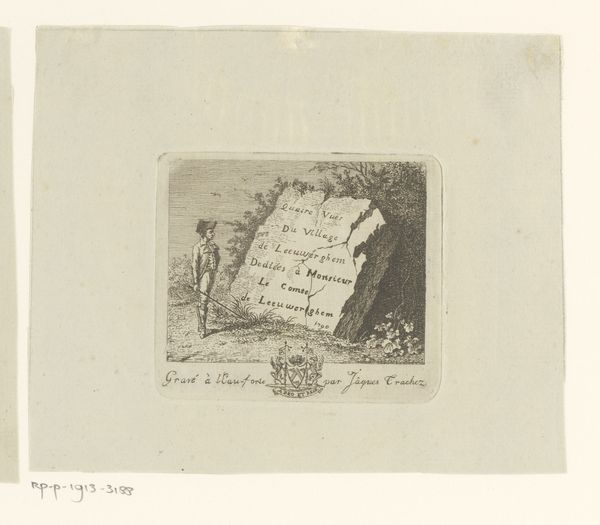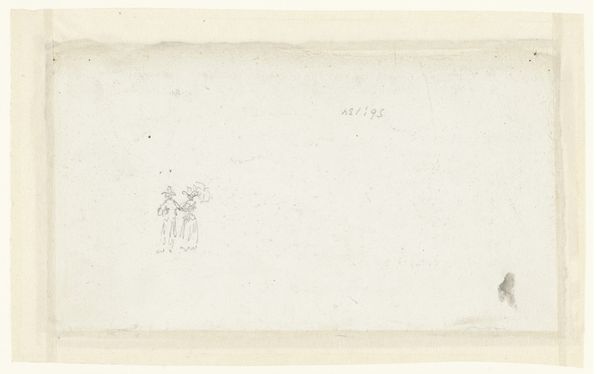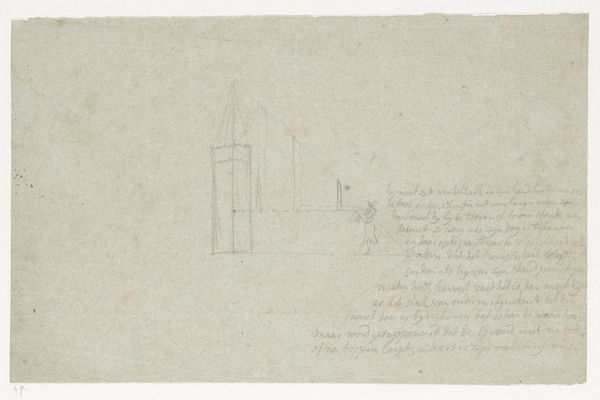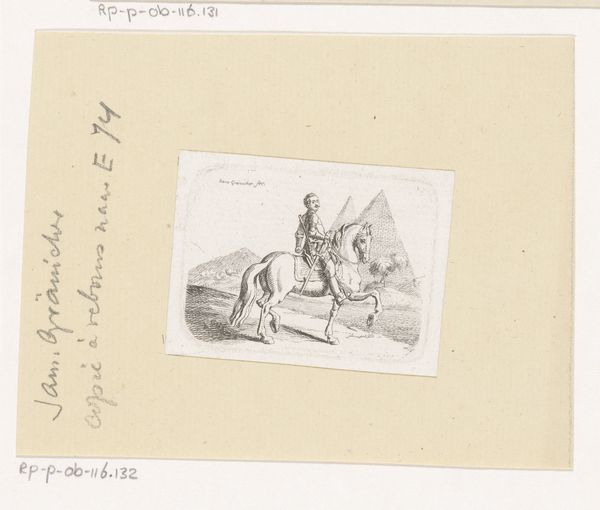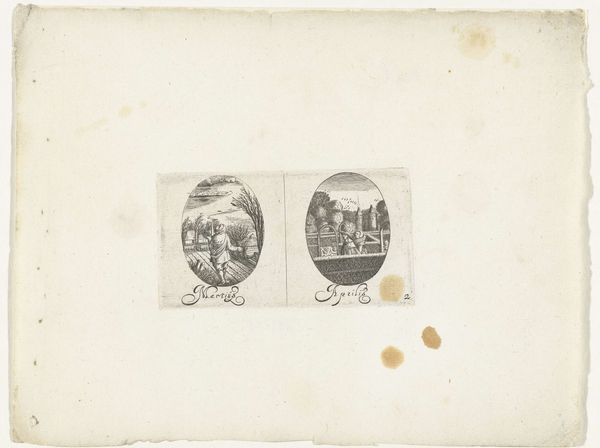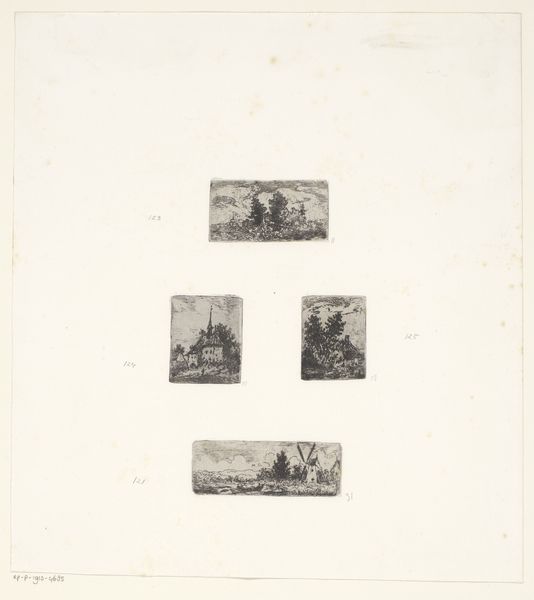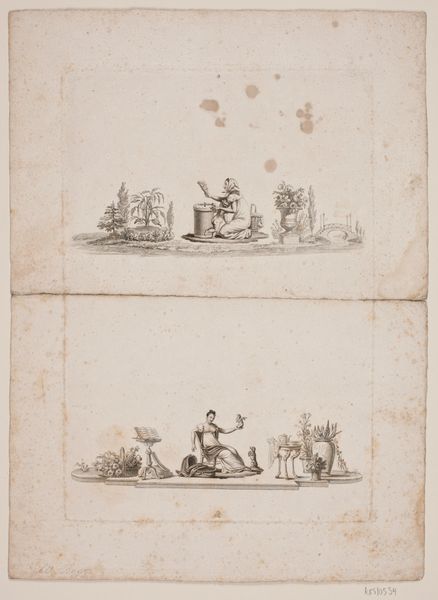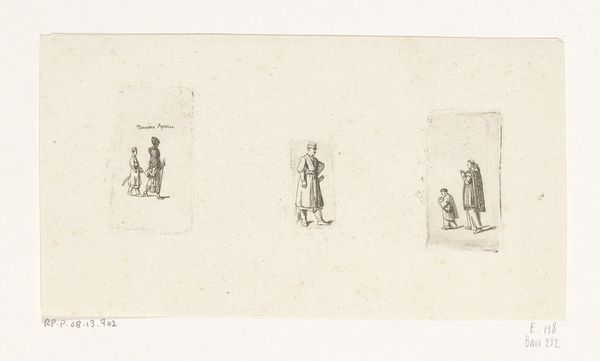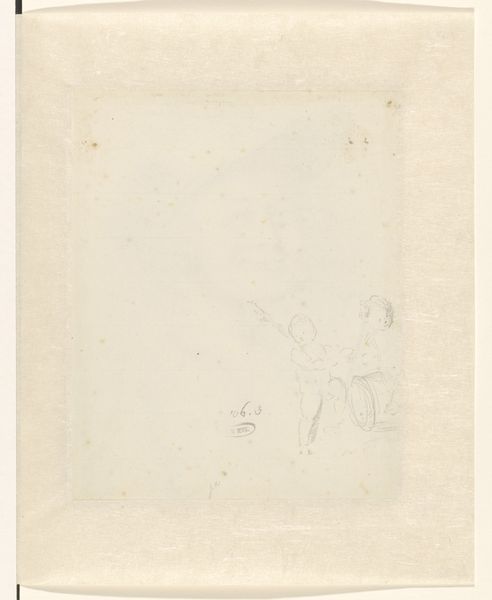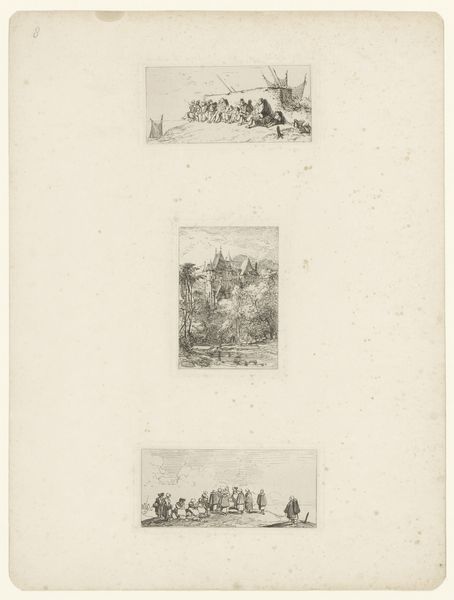
Dimensions: height 36 mm, width 22 mm, height 35 mm, width 22 mm, height 70 mm, width 86 mm
Copyright: Rijks Museum: Open Domain
Editor: So, here we have Daniel Nikolaus Chodowiecki's "Drie voorstellingen met ruiters," from 1793. It's a drawing, an etching, and a print, featuring these tiny, delicate figures on horseback. There's something very restrained about the whole piece... almost like looking at a preserved document. What catches your eye when you look at this work? Curator: The "restraint," as you call it, speaks volumes about the late 18th century, a period of intense socio-political change and the waning years of aristocratic power. This print, with its diminutive scale and multiple scenes, can be seen as a reflection of the societal anxieties of the time. Are these romanticized depictions of leisure or quiet reminders of those holding the power? Editor: I hadn’t thought about it like that! The smallness almost felt like a detachment from any grand statement. Curator: Precisely. Etchings and prints like this were easily disseminated, acting as visual rhetoric accessible to a wider audience, allowing commentary – subtle or overt – on the social order. The idealized equestrian figures juxtaposed with the realities of pre-revolutionary Europe present a stark contrast. Note the handwriting and scattered dates in the work – are these notations intended to elevate its importance, or reveal it’s role as another form of document during times of record? Editor: So it's not just about the pretty pictures, but about who was looking at them and what those images meant within that specific cultural moment? Curator: Exactly. The beauty and appeal were powerful tools in circulating ideas and reinforcing, or perhaps even questioning, established hierarchies. Always consider not just what is depicted, but its purpose and audience at that time. Editor: That makes me see this seemingly simple print in a completely different light. It’s like a tiny window into a very complex world. Curator: Indeed. And understanding the social and historical context transforms it from a mere drawing into a potent cultural artifact.
Comments
No comments
Be the first to comment and join the conversation on the ultimate creative platform.
